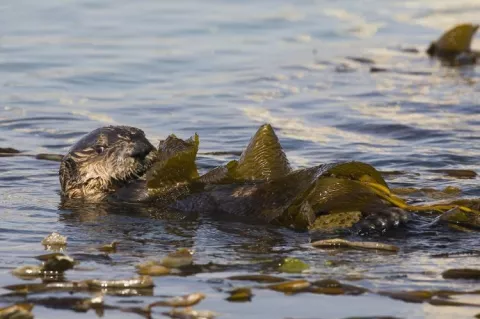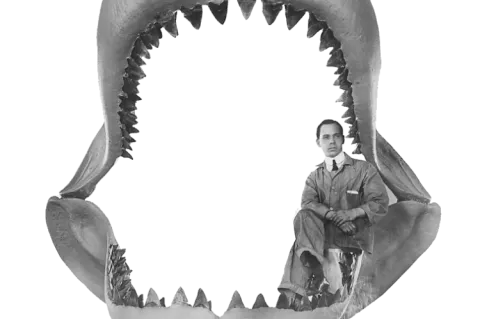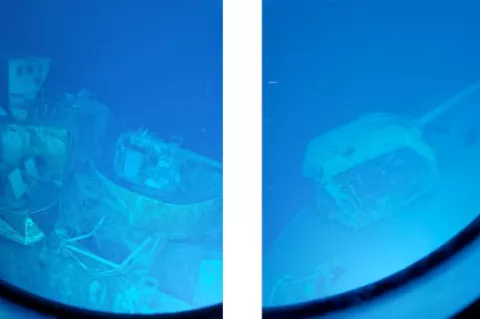White sharks complicate population recovery for sea otters
Complex interactions and conflicts between protected populations may challenge the recovery of whole ecosystems. Several factors indicate that white sharks may be currently limiting the recovery of California sea otters.
Protected white sharks (Carcharodon carcharias) and pinnipeds have an established predator–prey relationship along the California coast.
White sharks are considered threatened by the IUCN Red List, and though they are protected at state, federal, and global scales, their current status in the northeastern Pacific is debated.




